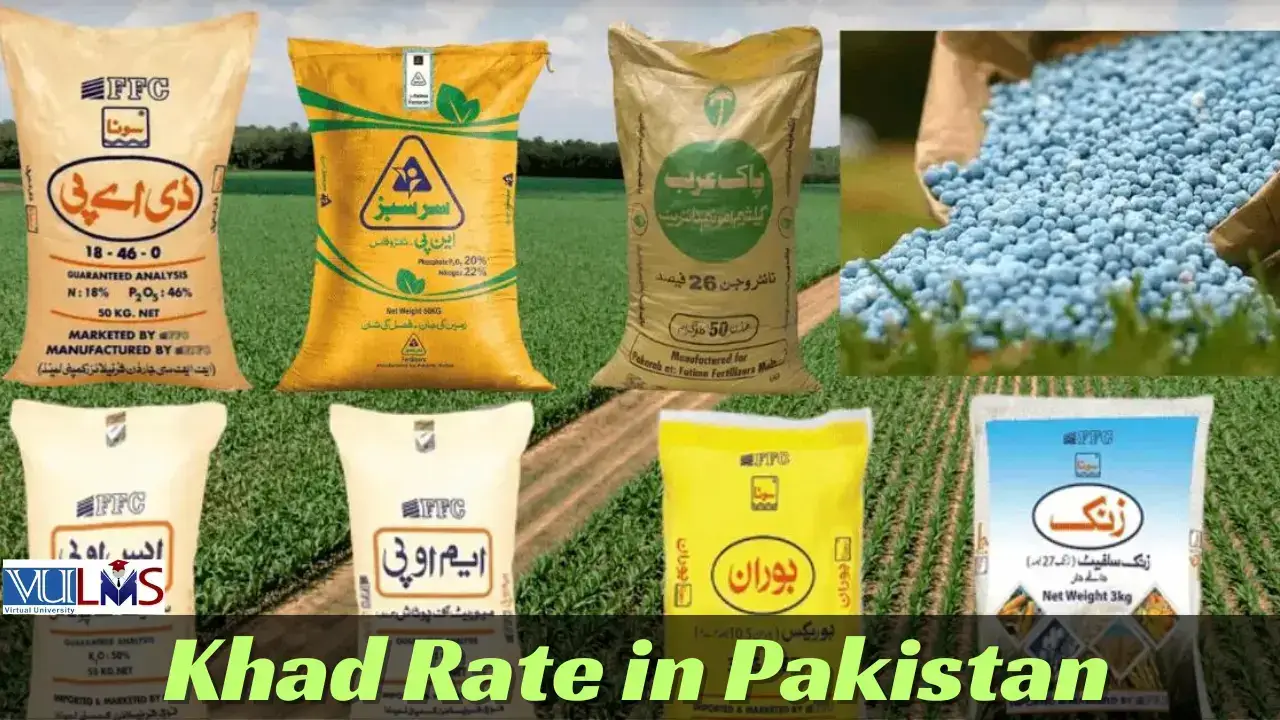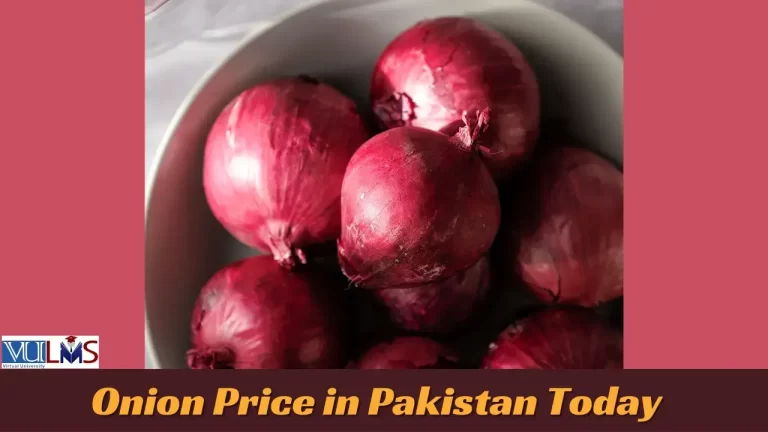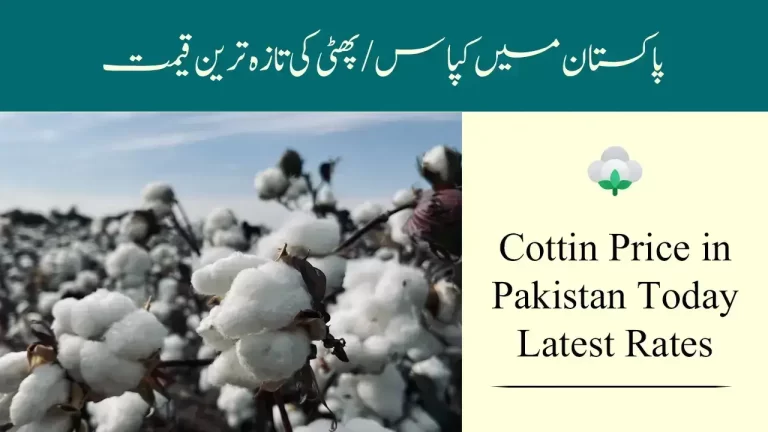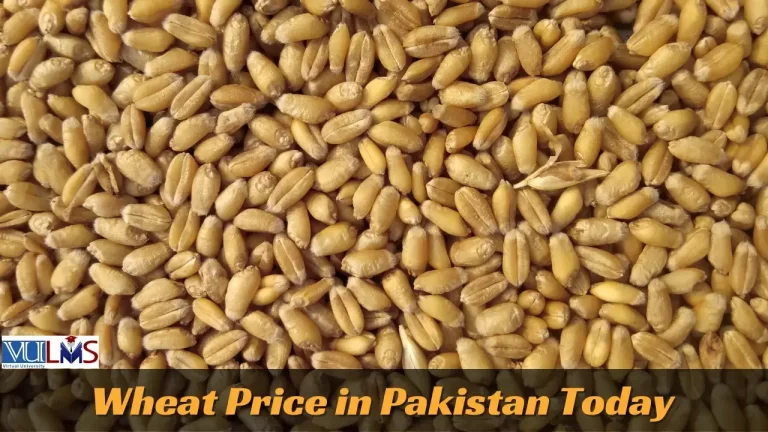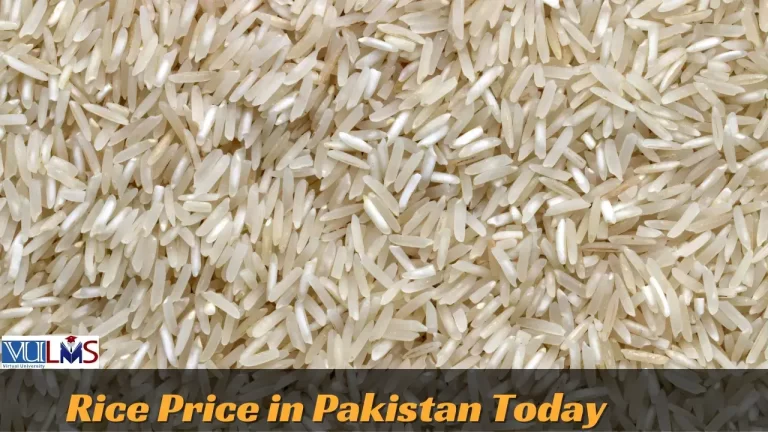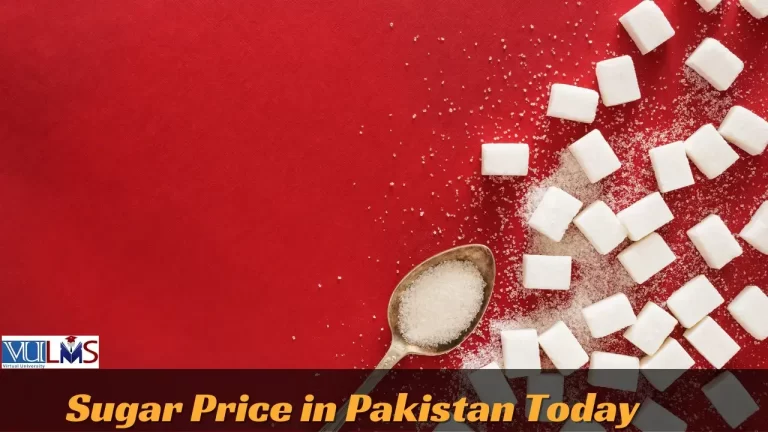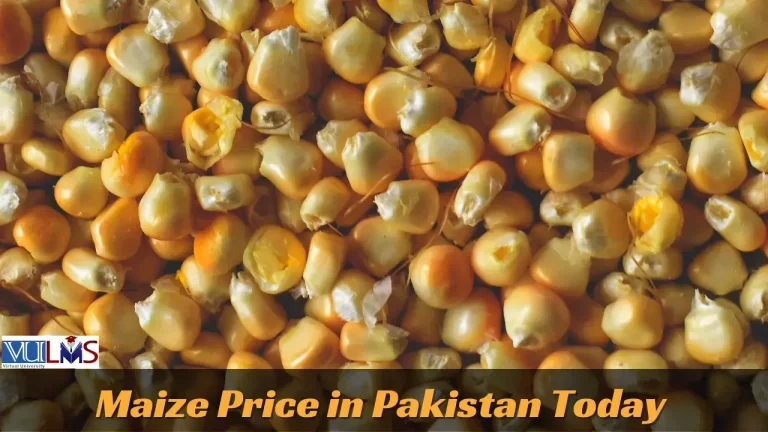Khad Rate in Pakistan Today | Fertilizer Price List 2024
Has anyone examined the consequences of the Khad Rate on the dynamics of agricultural growth in Pakistan? Knowing the current rate of khad gives us the key to utilizing its agricultural potential in a farming environment that is constantly changing. But what is it precisely, and why is it so important? We also go into further detail on fertilizer prices in Pakistan in 2024 in this piece.
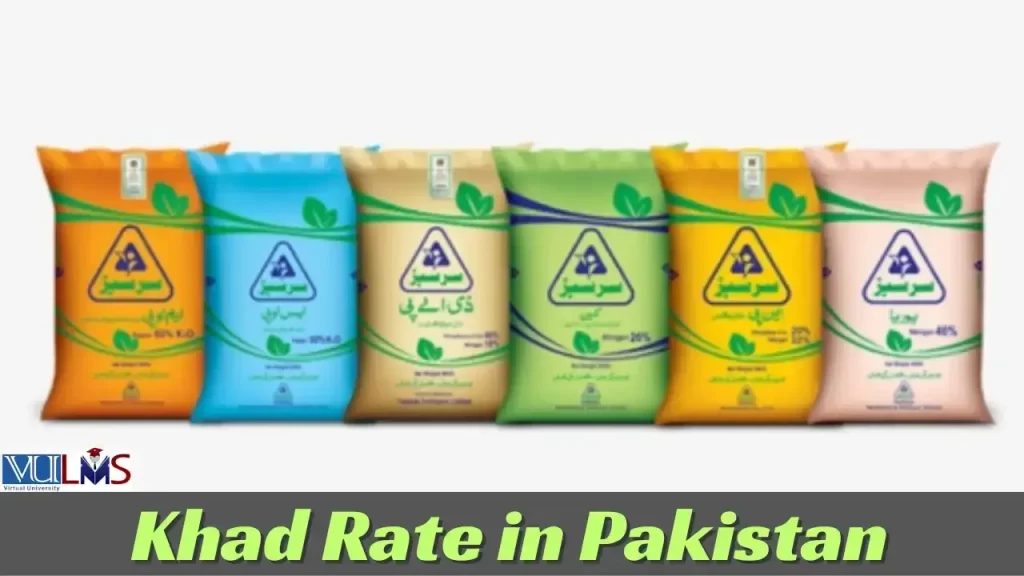
Understanding Khad Rates in Pakistan
Pakistanis refer to the price of fertilizers as the “Khad Rate”, and it plays a crucial role in all fields and farms across Pakistan. Monitoring it closely is therefore an integral component of farm management; not only from a financial but also a strategic standpoint.
| Khad / Fertilizer | Per 50 KG Bag Average Price |
|---|---|
| SOP Granular- FFC | Rs. 15,500 – 16,000 |
| DAP – Sarsabz | Rs. 12,000 to 12,050 |
| NPK | Rs. 8,000 – 8,100 |
| Sona Boran (3 KG pack) | Rs. 1050 |
| Sarsabz CAN-G | Rs. 2,120 |
| Sarsabz NP | Rs. 9,500 |
| Sona Zinc Granular (3 KG pack) | Rs. 2,250 |
| Efert. Agritrade Zorawar | Rs. 12,175 |
| Urea (Sarsabz or Sona) | Rs. 3,200 – 3,500 |
| DAP (Sona, Pakarab or FFC) | Rs. 12,000 – 12,500 |
| MOP – FFC | Rs. 11,900 – 12,100 |
| SOP Granular | Rs. 11,570 |
| SSP | Rs. 2,000 to 2,500 |
| Sarsabz CAN-F | Rs. 2,099 |
Also Read:
Rice Price in Pakistan Today | Chawal Rate in Market
Sona Urea Price Today
When discussing fertilizer costs, consider Sona Urea as a crucial player. Knowing its price in Pakistan has a direct impact on farmers’ planning and budgeting; knowing its current pricing allows you to comprehend agriculture in its entirety, regardless of your experience as a farmer or a client.
Now that we have seen Sona Urea prices, we must underline why the Khad Rate is such an important part of Pakistani agriculture and business. In Pakistan, agricultural yields, farm economics, and even overall national economic health are strongly reliant on this variable price point – it is more than just an abstract number on a price tag!
Factors Affecting Khad Rate in Pakistan
Several factors could affect the Khad Rate and agricultural settings, affecting agriculture markets. Khad Rates fluctuate due to geopolitical, environmental, and economic factors. Understanding these characteristics helps farmers and stakeholders adapt to changes.
Economic factors
Khad rates depend on economic factors that affect availability and pricing. Let us investigate the complex world of agricultural economics in Pakistan, which affects khad pricing from market movements to currency swings.
Environment Factors
Farmers and industrialists in Khad Rates must understand environmental factors. Natural calamities and climate change affect fertilizer supply and cost; let’s explore Khad Rates’ complex link with the environment!
Geopolitics and Globalization
Khad Rate in Pakistan market is heavily impacted by economic considerations that shape pricing and availability decisions. Market movements and currency swings affect Khad Rates pricing dynamics and availability decisions for stakeholders and farmers in this continuously changing agriculture economic context. We’ll examine these factors in this essay.
Laws and regulations
From agricultural advice to subsidies, government policies affect Pakistan’s fertilizer pricing and availability. Come discover how they affect Khad Rates pricing, which affect farmers and wider agricultural settings.
Future Trends and Predictions
Forecasting Pakistan’s agricultural future, it becomes essential to anticipate changes in the Khad Rate. A variety of influences, from global influences to economic upheavals, can have an effect on these rates; let’s dive deeper into agricultural economics by taking a deeper dive into Khad Rates and seeing what lies ahead.
- Predicting Patterns: An understanding of market dynamics is crucial in forecasting Khad Rates accurately. Farmers and other stakeholders need to stay vigilant to stay ahead of fluctuating Khad Rates by staying alert.
- Economic Factors: Khad Rates remain heavily influenced by economic forces. Financial issues that impact Pakistan’s Khad Rates often reflect wider trends within the economy and could change, altering how their values change accordingly.
- Resilience in the Environment: Environmental forces like ecological shifts and climate change will inevitably alter the agricultural landscape, so understanding them is both vital for farmers and policymakers.
- Technologies in Transition: Tech innovations in agriculture could have far-reaching impacts. Fertilizer prices and availability could be altered dramatically as a result of changes in the industry.
- Policy Revisions: mes Government rules and policies will play a substantial role in shaping how Khad Rates progresses into the future, so changes to policies, agricultural directives, subsidies, or subsidies will have an enormous effect.
Also Read:
Wheat Price In Pakistan Today | Gandum Rate per 40 KG
Conculsion Khad Rates in Pakistan
Khad Rate in Pakistan represents more than just numbers on labels: it serves as a thread connecting the struggles and victories of farmers across Pakistan’s agricultural landscape, making up part of Pakistan’s agricultural narrative. We have examined various variables impacting Khad Rates; their numerical depictions serve both as guides toward agricultural prosperity as well as mirrors reflecting market forces.
Frequently Asked Questions (FAQs)
The Khad Rate plays a direct role in influencing production costs for farmers and consequently our nation’s food supply.
Subsidies are used by governments to support Khad Rates and maintain market equilibrium while making farming affordable for the farmers who take them up.
Farmers employ various strategies, including changing sowing patterns and exploring alternative fertilization methods; staying abreast of market trends and staying abreast of changes is also critical for their survival.
Sona Dap is highly sought after due to its balanced nutritional composition, promoting optimal crop growth and increasing overall productivity.
Individuals can access Khad Rates through various platforms and government agricultural websites as well as through local agricultural extension offices.

